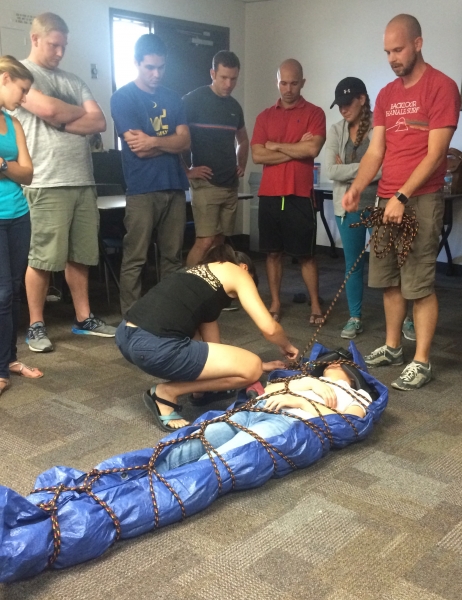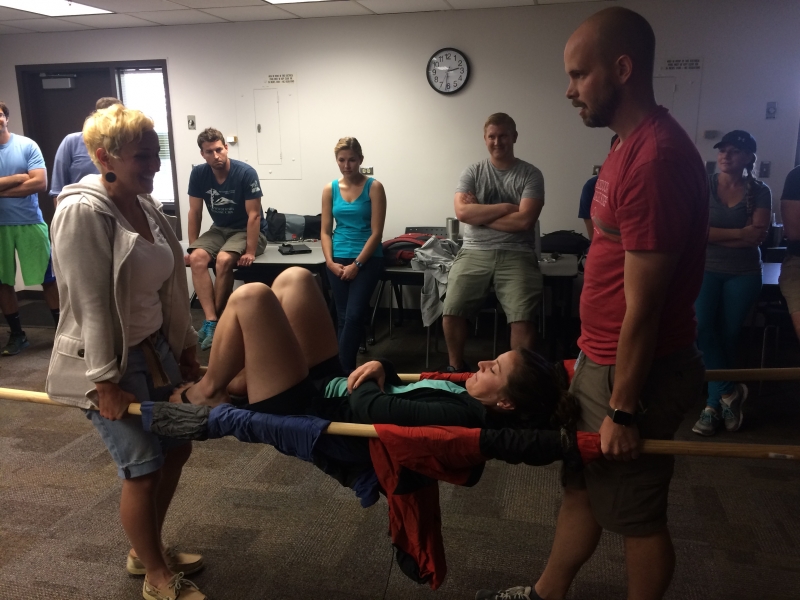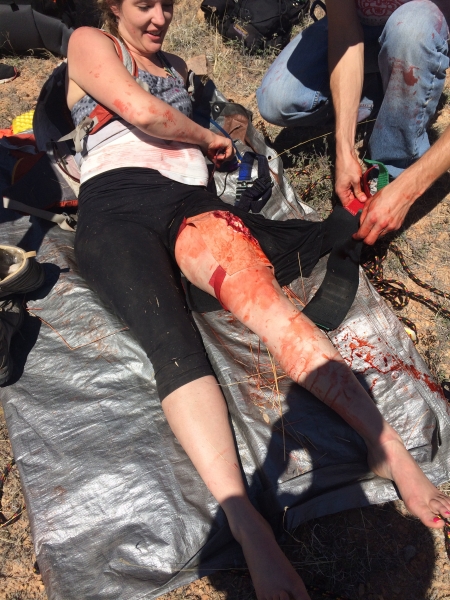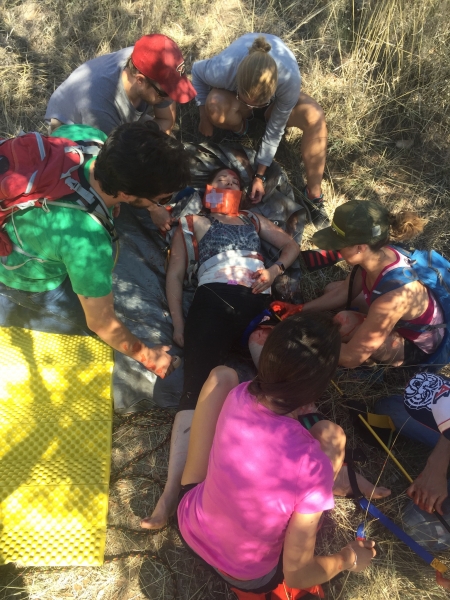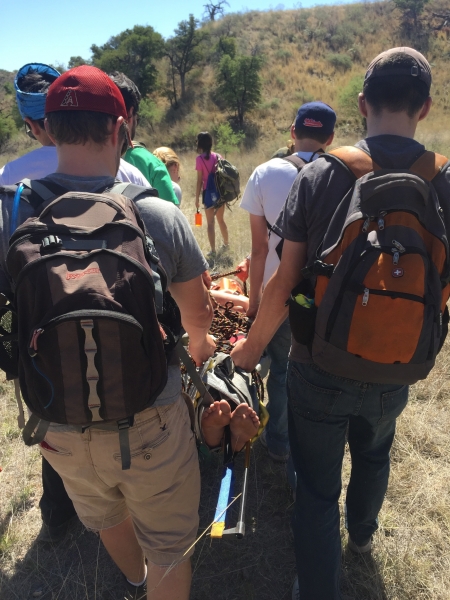More and more medical students want to be prepared for outdoor emergencies.
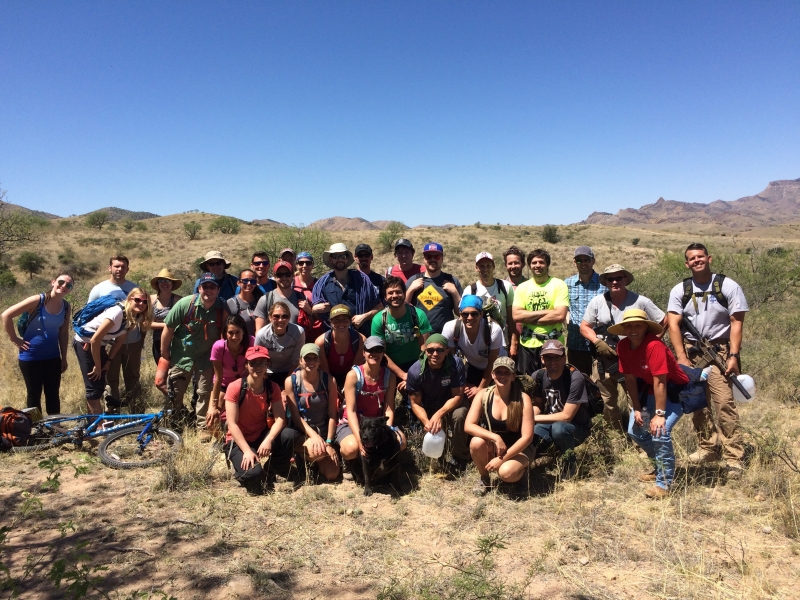 Exploring nature by venturing into remote areas can be exhilarating. But it also has its risks. Whether while rock climbing, backpacking, skiing, or rafting, accidents can happen and sometimes a first aid kit isn’t enough.
Exploring nature by venturing into remote areas can be exhilarating. But it also has its risks. Whether while rock climbing, backpacking, skiing, or rafting, accidents can happen and sometimes a first aid kit isn’t enough.
Increasingly, medical students are interested in using their medical skills outside the traditional hospitals and clinics to take care of people who become ill or injured in the wilderness.
The Department of Emergency Medicine at the University of Arizona College of Medicine started offering Wilderness Medicine and Advanced Wilderness Life Support Class in 2014 for fourth-year UA medical students and, because of its popularity, now is opening the course to non-UA medical students.
During the two weeks of in-class lectures, followed by a hands-on simulated medical emergency out in the field (currently at Peña Blanca Lake reservoir 73 miles south of Tucson), students learn how to plan, triage, diagnose, and improvise to provide the best medical treatment possible in an austere outdoor environment.
Offered each spring, the medical school elective intends to instill a lifelong appreciation for wilderness medicine, both as a practical tool for future forays into the wild and as a legitimate medical specialty. An additional benefit of the class is the opportunity to earn Advanced Wilderness Life Support (AWLS) certification.
Recent UA medical school graduate Heinrich Fan completed the course last April. He describes the class as “really fun as didactic classes go. Lots of practical, applicable techniques were taught. We got to play with lots of equipment and learn some neat improvisational medicine using regular camping gear.”
“The practical on the last day was a blast. It was quite a thrill to put all we'd learned to use out in the desert and (pretend) save someone in danger!” says Fan, who is starting residency training in emergency medicine at the UA.
Below is a brief Q&A with Christopher G. Williams, MD, UA clinical assistant professor of emergency medicine, about the course:
When is the Wilderness Medicine and Advanced Life Support Class offered?
It’s offered every April. I love having the opportunity to offer it the end of the academic year. Since it’s only for fourth-year medical students, this course is the culmination of medical school for them. What more amazing way to wrap up medical school than gathered together around a campfire!
Is the class only for medical students or is it open to residents and faculty?
The lion's share of participants are medical students. I have had a fair number of residents over the years take the course and even some faculty.
Why is the course now open to out-of-state students?
Word has spread that we offer a fun and informative wilderness course. It was only natural that we increase our footprint and allow out-of-staters to participate.
Who teaches the course?
The course is organized and headed by me. Dr. Vivienne Ng contributes to a large chunk of the effort as well. Every year I try to find new lecturers and teachers who have a passion for particular aspects of wilderness medicine. It’s fun to adapt the lectures and materials to fit those passions. As residents come through our program, they bring with them different backgrounds in related areas: ski patrol, scuba instruction, alpine guiding, search and rescue, etc. I try to tap into that as much as possible, and consequently the course is ever morphing.
